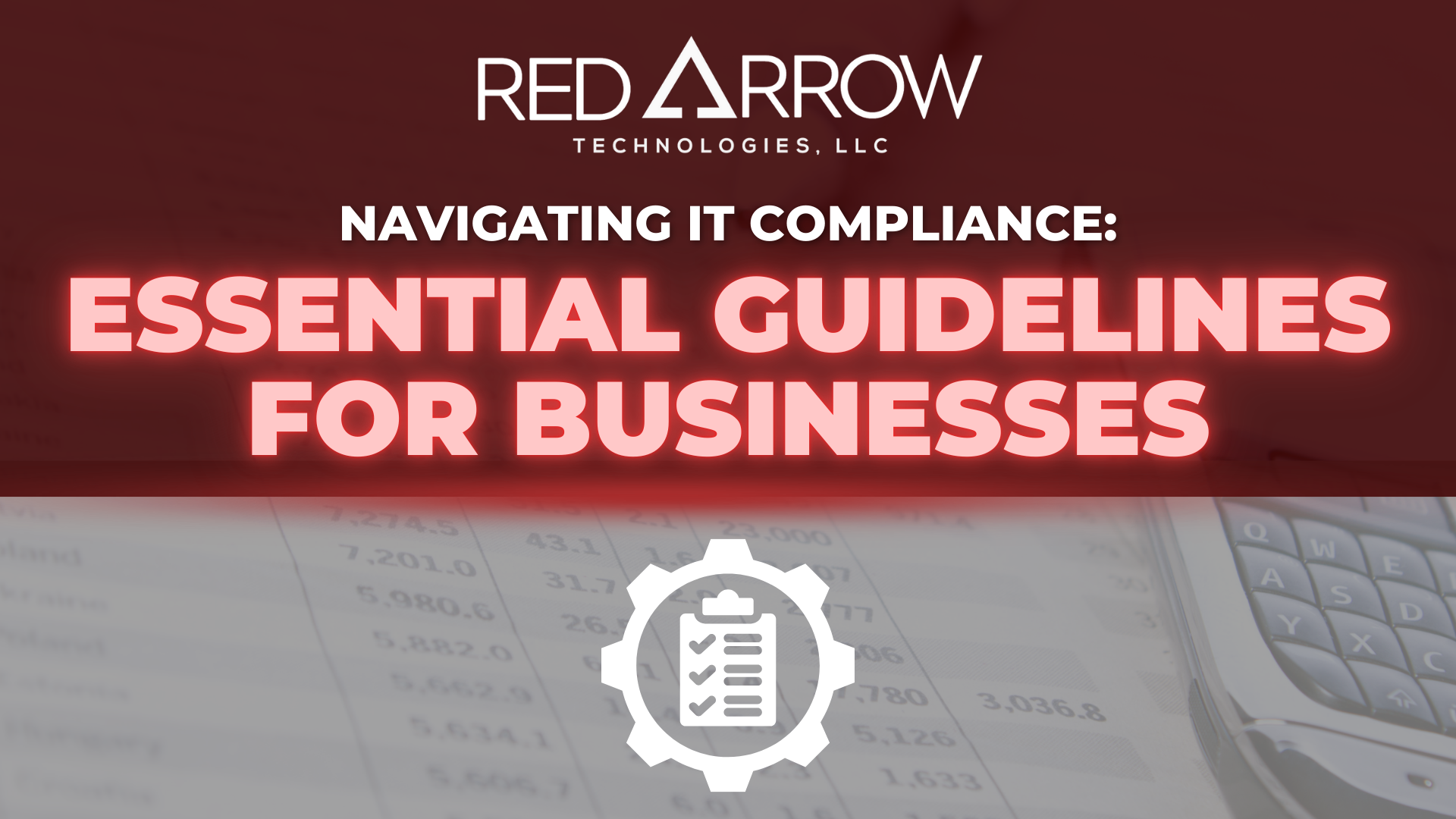Neglecting regulatory compliance has the potential to reverse years of growth. Outdated privacy settings and an absent audit trail. These gaps in compliance can lead to steep fines, loss of business, and irrevocable damage to your reputation. The spotlight is heavy for small and medium-sized enterprises to comply with IT compliance requirements successfully, and occasionally it breeds confusion.
Some SMEs work without dedicated compliance teams or even sufficient legal budgets. Despite this, they must adhere to the same regulatory standards as enterprises ten times their size. Data privacy laws are rapidly changing from one industry to another and from one border to another, so there is simply no way to stand still.
This guide cuts through the noise to help you get clarity on understanding IT compliance for SMEs and provides a step-by-step compliance checklist that ensures your security.
Why IT Compliance Is a Business Imperative
Compliance is more than avoiding legal sanctions. It is about establishing trust with customers, partners, and regulators. In the past three years, the average global data breach cost has reached $4.88 million, up 10%, according to the IBM Security Cost of Data Breach Report. Small businesses have not been immune to this trend. They often suffer disproportionately because they lack the resources to recover quickly.
Beyond the financial toll, non-compliance can lead to:
- Contract cancellations
- Lawsuits or legal investigations
- Damaged customer relationships
- Loss of market access (especially for global companies)
Failing to meet regulatory standards isn’t just risky. It’s avoidable.
Understanding IT Compliance Requirements
So, what is compliance in an IT context?
IT compliance requirements refer to the policies, procedures, and security controls businesses must adhere to protect data and systems’ integrity and meet legal or contractual obligations. These requirements can vary depending on the industry, the geography, and the kind of data you handle.
Some of the most well-known compliance frameworks are:
- General Data Protection Regulation (GDPR) – EU data protection regulation
- Health Insurance Portability and Accountability Act (HIPAA) – healthcare privacy in the U.S.
- Payment Card Industry Data Security Standard (PCI-DSS) payment card industry standards
- Sarbanes–Oxley Act (SOX) – public company reporting requirements
- System and Organization Controls (SOC) 2 and ISO 27001 – security assurance frameworks)
Understanding IT compliance for SMEs begins with knowing what applies to your operations and how to meet them without draining your resources.
Steps to Achieve Regulatory Compliance in IT
Small and medium enterprises frequently assume compliance is prohibitively expensive or too complicated to handle without a department of lawyers. But the cost is a payoff for doing nothing. Here are practical steps to achieve regulatory compliance in IT, segmented into manageable phases:
1. Identify Applicable Regulations
Begin with an assessment of what laws and standards apply to your business by looking at:
- The data you collect
- Where your clients and users are located
- Your industry
Use trusted resources like the Cybersecurity and Infrastructure Security Agency (CISA), National Institute of Standards and Technology (NIST), and legal advisories to build your baseline.
2. Map Your Data
Recognize the data you gather, its storage location, its flow between systems, and its recipient. That means you cannot protect what you haven’t mapped.
This procedure often reveals hidden vulnerabilities like third-party apps with excessive permissions or sensitive data stored in unsecured locations.
3. Perform a Compliance Gap Assessment
Compare your current way of doing things to what is required by the appropriate regulatory standards. Missing controls, such as poor encryption, inadequate password policies, or no audit logs, should become clear.
Need help? Many cybersecurity firms have a one-time offer assessment for small and medium-sized enterprises (SMEs).
4. Implement Controls and Safeguards
Controls may be technical, like multifactor authentication, or administrative, like written policies and employee training would be essential to note.
According to Deloitte, 91% of organizations experiencing a compliance failure cited employee error or unawareness as a contributing factor. Security awareness training should be a key part of your compliance plan.
5. Monitor, Audit, and Document
Compliance is not a once-a-year activity. Construct monitoring systems regularly for access, alert detection of unusual activity, and proper maintenance of accurate records, all of which become paramount in audit or security incidents.
And remember: if it is not documented, it did not happen, at least in the eyes of regulators.
Compliance Checklist for Small and Mid-Sized Businesses
Here’s a practical compliance checklist designed to help SMEs get audit-ready:
- Clarify which IT compliance requirements and regulatory standards apply to your own business.
- Prepare a data inventory, complete with a map displaying all possible data flows.
- Perform a cyber risk and compliance gap assessment.
- Apply encryption to data in transit and at rest.
- Enforce access control, implementing multifactor authentication.
- Create and communicate written security and privacy policies.
- Train personnel in security awareness and phishing prevention.
- Schedule regular audits for compliance and vulnerability scans.
- Maintain incident response with a defined breach notification protocol.
- Require vendors to comply and provide documentation.
Following these steps to achieve regulatory compliance in IT protects your business and places you ahead of the competition in the age of transparency and trust.
How Red Arrow Technologies Can Help
Compliance can feel overwhelming, and we understand that. As the regulations change, so do the technologies, while day-to-day business keeps you busy. This is where Red Arrow Technologies comes in.
We specialize in helping SMEs achieve easy and cost-effective alignment with IT compliance requirements. Our team is here to step in and help, whether seeking which laws would affect you, implementing your protection, or showing you through the entire compliance process from start to finish.
You can expect reduced risk and improved outcomes with Red Arrow Technologies as your compliance partner. Today is the time to start building your compliance foundation with guidance, expertise, and support that allows you to do so effortlessly.
Contact Red Arrow Technologies today for a consultation and discover how we can help you turn compliance from a burden into a business advantage.



